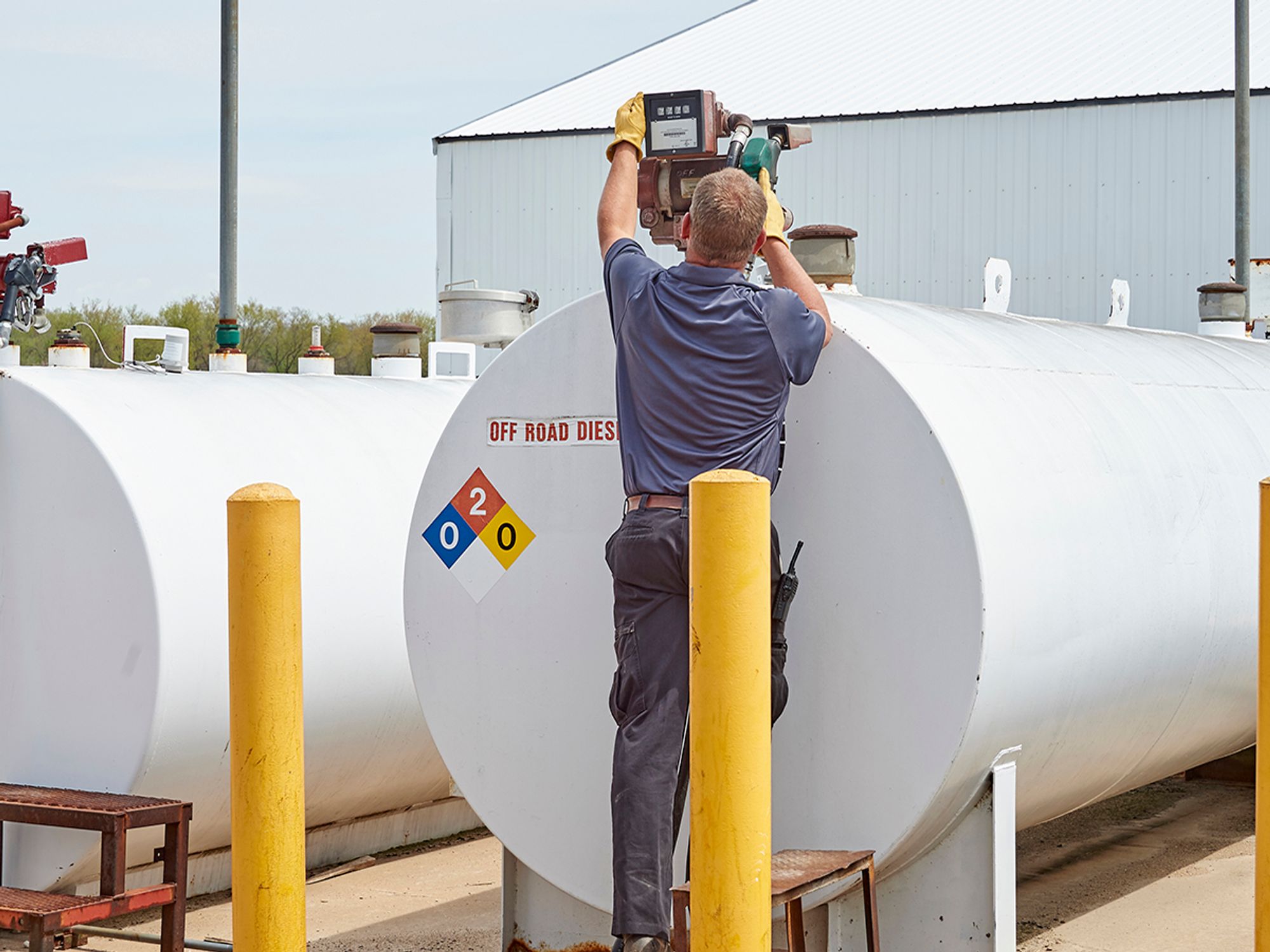Compliance Just Got Easier: Stay ahead of regulatory changes with instant notifications on updates that matter.
['Tank Systems']
['Aboveground Storage Tanks', 'Tank Systems']
09/04/2024
:
|
InstituteAboveground Storage TanksCompliance and Exceptions (Level 2)Focus AreaEnglishAnalysisTank SystemsTank SystemsUSA
Requirements for AST systems
['Tank Systems']

- It is necessary to look in several different places for AST requirements.
At the federal level, aboveground storage tanks (ASTs) are regulated in a somewhat piecemeal way. Consequently, it is necessary to look in several different places for AST requirements.
- Concerning the storage of hazardous waste in ASTs, owners and operators must look in the hazardous waste regulations (40 CFR Parts 260 through 268) to determine what is required. Parts 262, 264, and 265 of the Resource Conservation and Recovery Act (RCRA), Subtitle C, also impact ASTs as these requirements apply to hazardous waste generators and treatment, storage, and disposal facilities.
- If owners and operators store oil in an AST, they may be regulated under the Spill Prevention, Control and Countermeasure (SPCC) regulations at 40 CFR Part 112. The SPCC regulations establish procedures to prevent the discharge of oil into navigable waters.
- Some ASTs fall under Occupational Safety and Health Administration (OSHA) requirements if they contain flammable or combustible liquids. The rules apply to liquids with flashpoints below 200°F. In this case, the objective of the regulations is to protect workers from fires, rather than protecting the environment from spills.
The majority of regulations affecting ASTs are found at the state and local level. Check with state and local agencies to see if there are more stringent AST requirements that need to be followed.
:
tank-systems
tank-systems
FOUNDATIONAL LEARNING
Requirements for AST systems
InstituteAboveground Storage TanksCompliance and Exceptions (Level 2)Focus AreaEnglishAnalysisTank SystemsTank SystemsUSA
['Tank Systems']

- It is necessary to look in several different places for AST requirements.
At the federal level, aboveground storage tanks (ASTs) are regulated in a somewhat piecemeal way. Consequently, it is necessary to look in several different places for AST requirements.
- Concerning the storage of hazardous waste in ASTs, owners and operators must look in the hazardous waste regulations (40 CFR Parts 260 through 268) to determine what is required. Parts 262, 264, and 265 of the Resource Conservation and Recovery Act (RCRA), Subtitle C, also impact ASTs as these requirements apply to hazardous waste generators and treatment, storage, and disposal facilities.
- If owners and operators store oil in an AST, they may be regulated under the Spill Prevention, Control and Countermeasure (SPCC) regulations at 40 CFR Part 112. The SPCC regulations establish procedures to prevent the discharge of oil into navigable waters.
- Some ASTs fall under Occupational Safety and Health Administration (OSHA) requirements if they contain flammable or combustible liquids. The rules apply to liquids with flashpoints below 200°F. In this case, the objective of the regulations is to protect workers from fires, rather than protecting the environment from spills.
The majority of regulations affecting ASTs are found at the state and local level. Check with state and local agencies to see if there are more stringent AST requirements that need to be followed.
2656871141
2656871709
UPGRADE TO CONTINUE READING
J. J. Keller is the trusted source for DOT / Transportation, OSHA / Workplace Safety, Human Resources, Construction Safety and Hazmat / Hazardous Materials regulation compliance products and services. J. J. Keller helps you increase safety awareness, reduce risk, follow best practices, improve safety training, and stay current with changing regulations.
Copyright 2025 J. J. Keller & Associate, Inc. For re-use options please contact copyright@jjkeller.com or call 800-558-5011.
